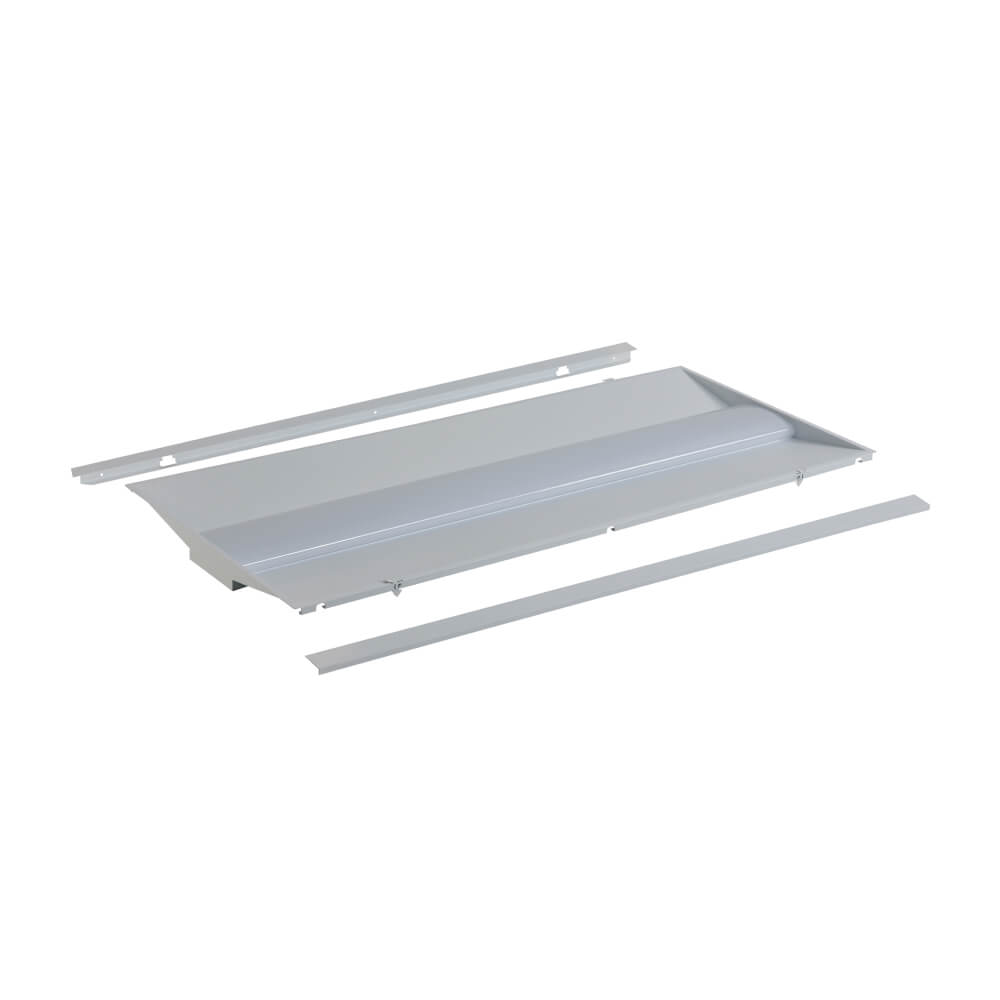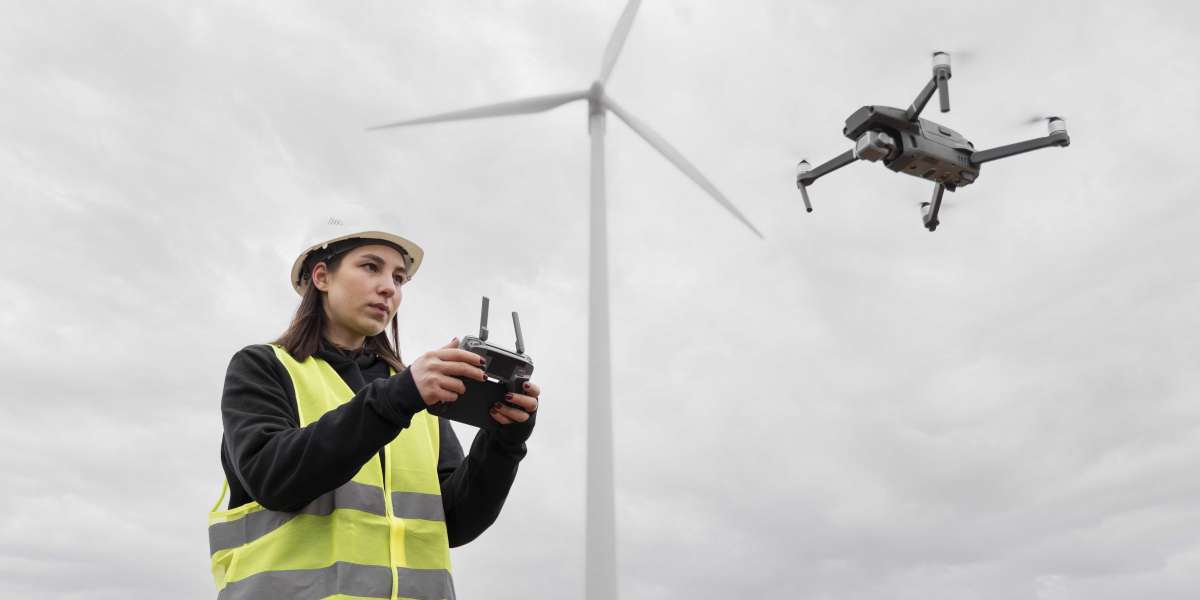Continuous operation areas, such as manufacturing facilities, warehouses, and industrial plants, require efficient and reliable lighting and HVAC systems to ensure optimal productivity and safety. Traditional systems often fall short in meeting these demands, leading to increased energy consumption, maintenance costs, and environmental impact. However, the emergence of retrofit kits with sensor control has revolutionized the way these areas are managed, offering a cost-effective and sustainable solution to enhance operational efficiency.

The Evolution of Retrofit Kits
Retrofit kits have evolved significantly over the years, from simple lighting upgrades to comprehensive systems that integrate advanced sensor control technology. These kits are designed to seamlessly replace outdated components in existing lighting and HVAC systems, allowing for a smooth transition to more energy-efficient and intelligent solutions. By incorporating sensors for motion, occupancy, and ambient light, retrofit kits can automatically adjust lighting levels and HVAC settings based on real-time conditions, resulting in significant energy savings and improved comfort for occupants.
Enhancing Operational Efficiency
One of the key benefits of retrofit kits with sensor control is their ability to enhance operational efficiency in continuous operation areas. By intelligently monitoring and responding to the presence of occupants, as well as changes in ambient light and temperature, these kits can optimize energy usage without compromising safety or comfort. For example, in a manufacturing facility, motion sensors can detect when areas are unoccupied and automatically dim or turn off lights, reducing unnecessary energy consumption. Similarly, in a warehouse, ambient light sensors can adjust lighting levels based on natural light availability, minimizing the reliance on artificial lighting during daylight hours.
The Role of Sensor Control Technology
Sensor control technology is at the heart of retrofit kits, enabling them to deliver precise and responsive adjustments to lighting and HVAC systems. Occupancy sensors, for instance, can detect the presence of individuals in specific areas and trigger the appropriate lighting and climate control settings. This not only contributes to energy savings but also extends the lifespan of lighting fixtures and HVAC equipment by reducing unnecessary usage. Furthermore, the data collected by these sensors can be analyzed to identify patterns and trends, allowing for continuous optimization of system performance and further energy efficiency improvements.
Environmental and Economic Impact
The adoption of retrofit kits with sensor control in continuous operation areas has a significant environmental and economic impact. By reducing energy consumption and greenhouse gas emissions, these systems contribute to sustainability efforts and help organizations meet their environmental targets. Additionally, the long-term cost savings associated with lower energy bills and reduced maintenance requirements make retrofit kits a financially attractive investment. Furthermore, the improved working conditions and occupant comfort resulting from optimized lighting and climate control can lead to increased productivity and employee satisfaction.
In conclusion, retrofit kits with sensor control are transforming continuous operation areas by offering a smart and sustainable approach to managing lighting and HVAC systems. The integration of sensor technology enables these kits to adapt to real-time conditions, optimize energy usage, and improve operational efficiency. As organizations continue to prioritize energy efficiency and environmental responsibility, retrofit kits with sensor control are poised to play a pivotal role in shaping the future of continuous operation areas.








